Greenwich defend raising low revenue from new developments: Does it add up?
Greenwich’s Cabinet have finally signed signed off revisions to the amount of revenue they intend to obtain from new developments in the borough for improve infrastructure.
The review of Community Infrastructure Levy occurred around eight years later than planned and now heads off to a planning examiner.
As covered recently, Greenwich have made some odd choices based upon a Viability Report drawn up by BNP Paribas excluding various areas of development that are increasingly popular (student housing and hotels) while setting co-living at a low rate.
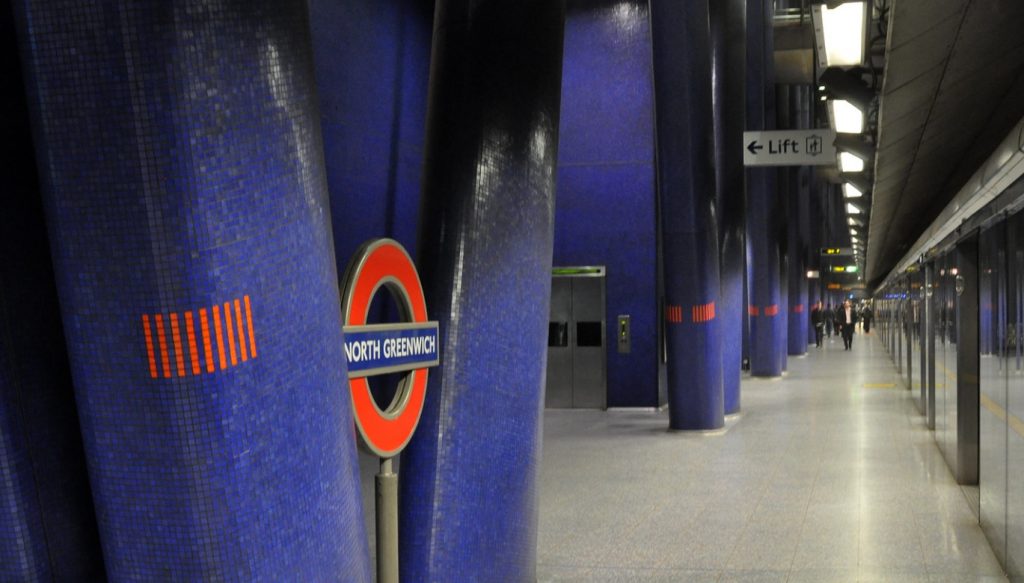
In response Greenwich Council have defended it making points I’ll look at in this post. Firstly, a lack of precedent with Cabinet member Aidan Smith stating: “we don’t have any recent data for student accommodation makes it difficult to prove that an increase in this rate could be supported”.
Let’s take a little bit more of a look at what the council states they can and can’t do – and how that matches up to other boroughs.
Bromley
Let’s start in outer London. In 2020 Bromley adopted their CIL rates. Despite a lack of precedent they secured a rate for student housing 50 per cent higher than anywhere in Greenwich borough at £150 per square metre.
So how did Bromley manage that? Well, their Viability Report looked at “regional” levels to set a rate and not an exact location. The Viability Report stated £100-£200/psm was possible. Bromley decided upon £150/psm and the planning examiner accepted with rates adopted in 2021.
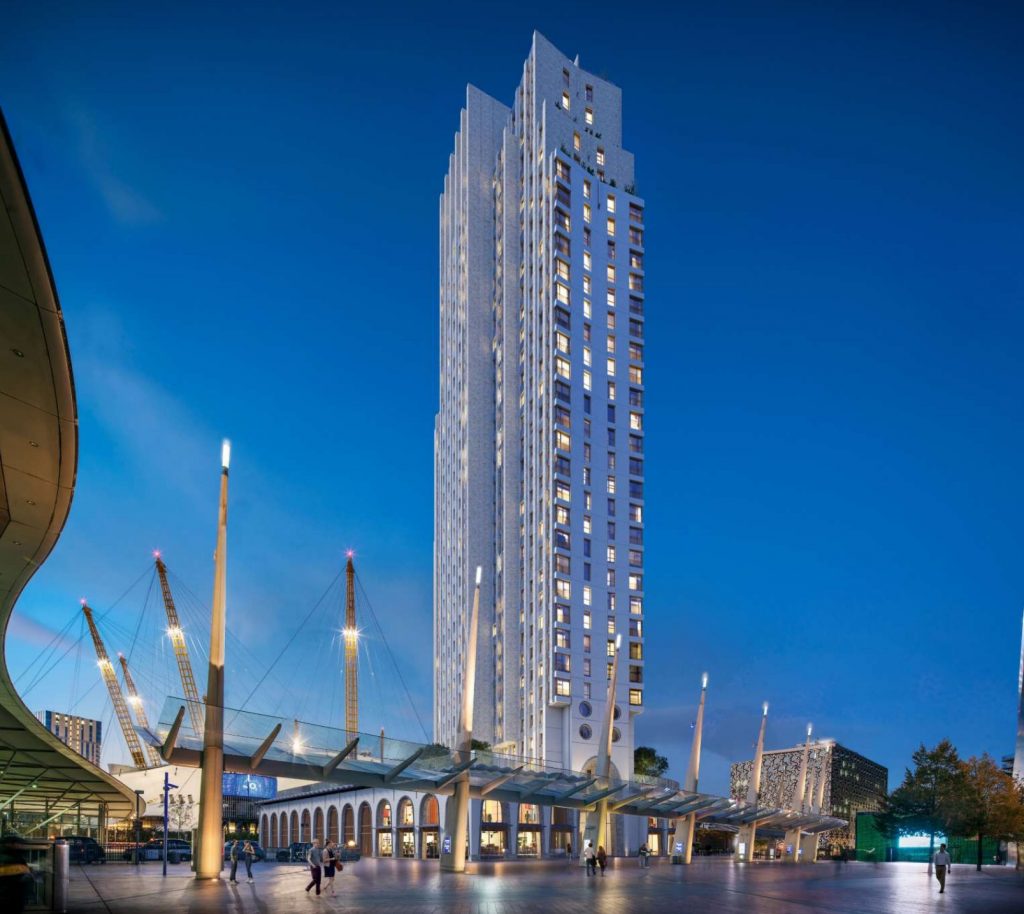
Yet in 2024 Greenwich Council claimed they cannot alter student housing levels above £95/psm and will sit below not only Bromley but many boroughs. Bromley didn’t have much precedent but used different measures to estimate their CIL rate. Greenwich’s argument doesn’t stack up.
Are we really supposed to believe that rates higher than £95/psm cannot be contained even in areas beside a tube station in zone 2, DLR/rail stations in zone 2 and beside an Elizabeth line station compared to zones 5-6 in Bromley?
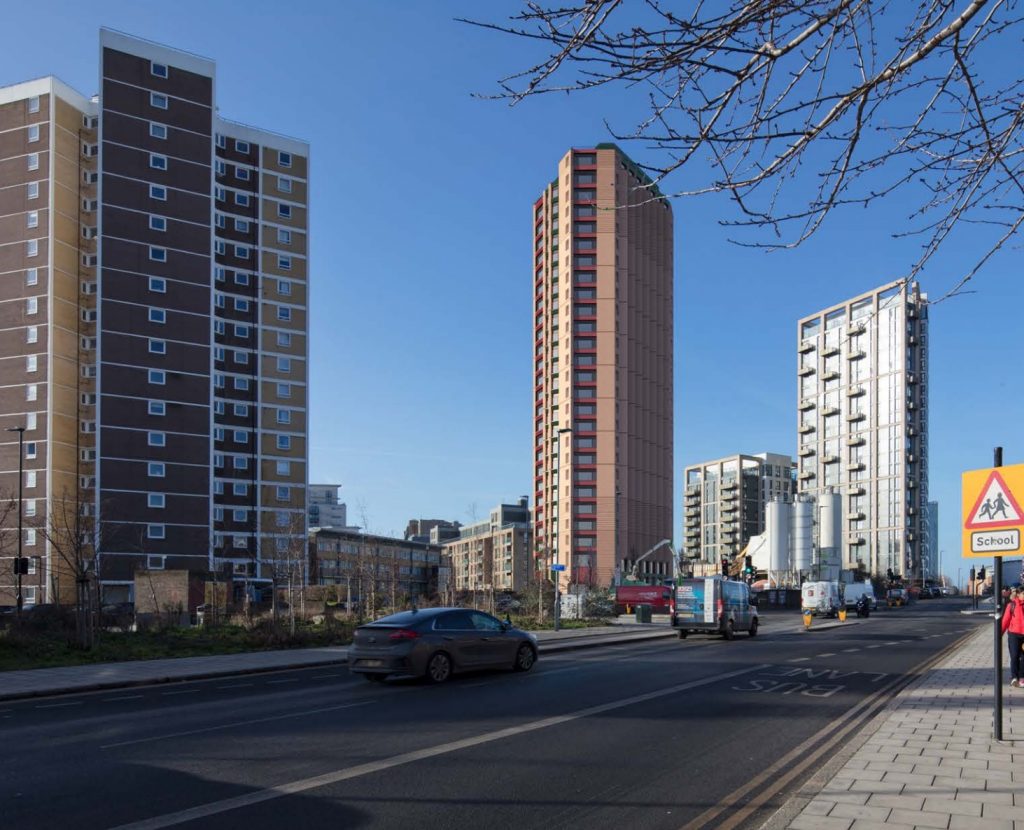
Greenwich borough includes stations such as North Greenwich Jubilee line station on the Underground which are a short hop to world famous universities.
Compare that to Bromley where most higher educational institutions are some distance travel. Yet Bromley can secure a rate that Greenwich claim is not possible using a different methodology of “exact” locations for pricing precedent versus “regional” levels. And Bromley is not alone.
Different levels
Boroughs can set various rates across their borough depending on location. Many have three or four. Greenwich could have set a specific student/hotel/co-living rate in prime areas much as housing will see. Clearly they’d find it very hard to set high rates in areas such as north Thamesmead or suburban areas in the south of the borough, but in certain locations it’s feasible.
This is where Greenwich have form. Their 2015 viability report stated they could go for far higher rates at hotels, for example. Up to £501/psm. Yet they went far below at the same rate borough-wide removing the opportunity to capitalise on land values and the appeal of Greenwich town centre and the o2.

They also went far below what was possible in 2015 for residential rates.

Uniquely for London authorities they sought just one borough-wide rate in 2015 across residential development, hotels and student housing so as not to cause “divisiveness”. In the rest of London boroughs went to the planning examiner with various rates within their locales and, well, they reaped the rewards benefitting their residents. The planning examiner did state Greenwich should reduce levels in the east of the borough around Thamesmead for residential development so Greenwich ended up with two rates anyway, but failing to go higher in areas around Greenwich, Blackheath and areas with excellent transport links cost much revenue to mitigate.
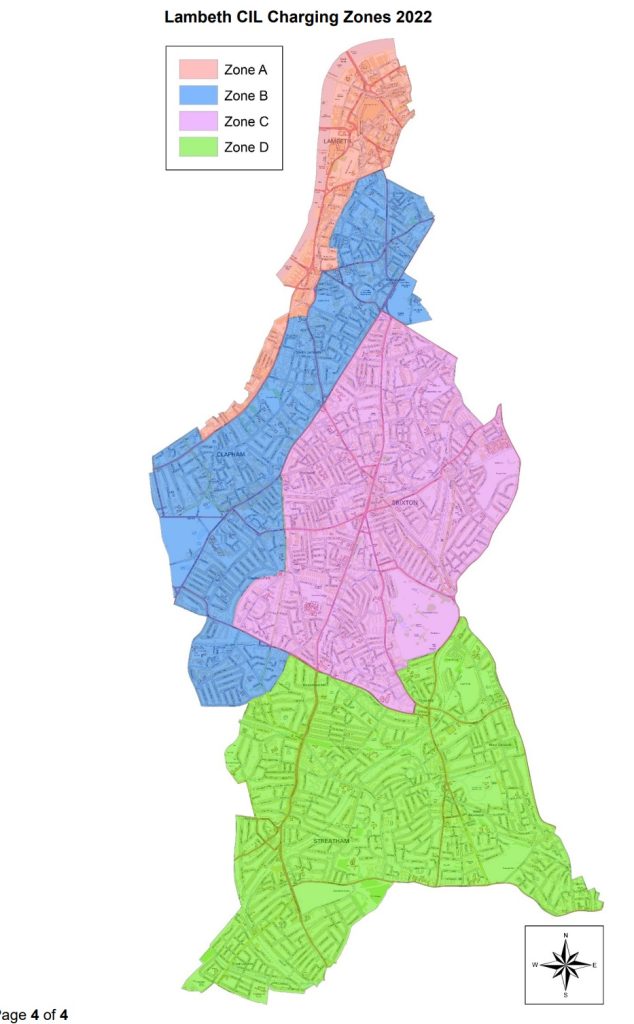
Now they’re doing it again with student housing, hotels and co-living by aiming to set the same rates no matter the variation in location within the borough.
If Greenwich Council and BNP Paribas used the regional model instead of claiming it had to be in exact area, they could compare prime development areas to other areas with excellent transport links in zone 2. If they had it would show levels in Newham, for example, are double Greenwich’s rate. Lambeth, for example, were £400/psm and Tower Hamlets nearing £500/psm. Would Greenwich be able to get those? Perhaps not, but they’d be above £95/psm.
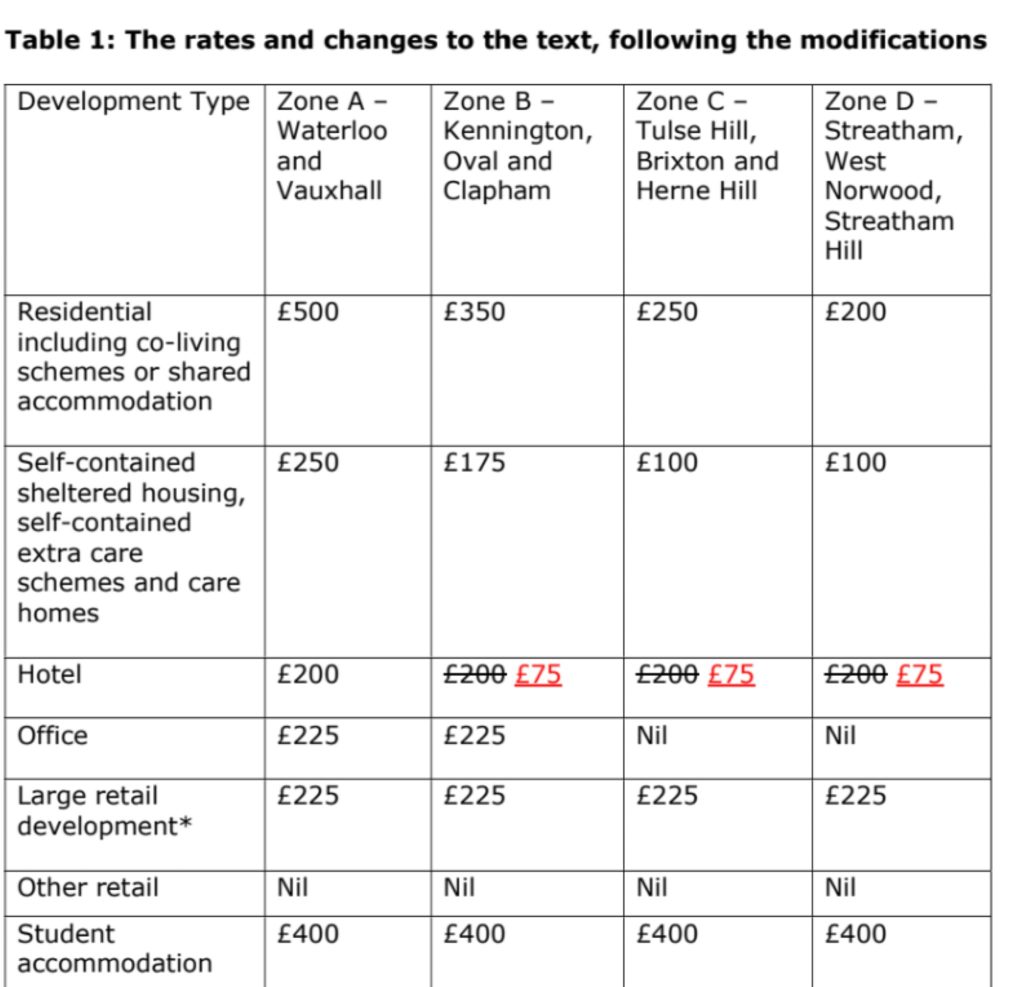
If we look at Lambeth they divide the borough into four areas. The authority managed to secure agreement with the planning inspector that even those areas of the borough with the worse transport links in zone 3 such as Streatham and Norwood would see a £400/psm student development rate.
More than four times what Greenwich state is achievable in their most sought after areas.
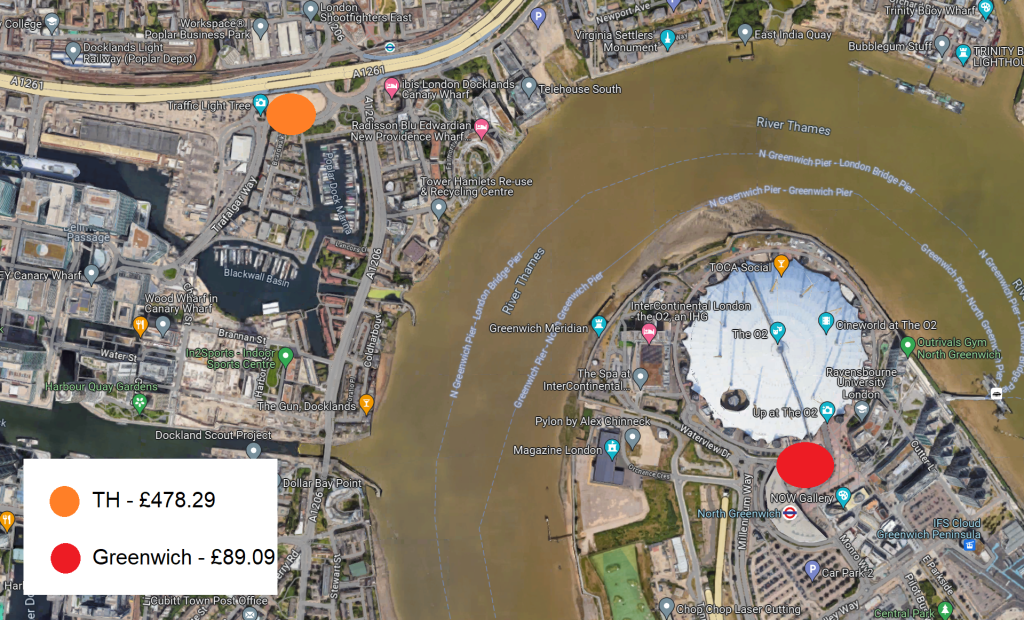
This isn’t penny change either. A substantial development comprising hundreds of homes brings in millions of pounds.
Another argument put forth by Greenwich is attempting to have higher rates puts at jeopardy other planned increases if rejected. Yet there’s little evidence for that.

Lambeth in their 2021 review were forced to reduce hotel rates (see above) in three out of four areas by the planning examiner. It didn’t see all other tenure rates reduce. The examiner looks at each geographic region and each type of development. They don’t throw everything out if adjustments are required in places.
Finally Greenwich state they will review if rates prove to be too low. Well, they made a commitment in 2015 that they’d review in 2018 and that never happened.

And it’s a long-winded process when it does get off the ground. It takes around two years and further expenditure to produce further viability reports, run consultations then wait for a hearing with the planning examiner.
As an aside, the council have also tried to compare Greenwich’s rates to neighbours such as Lewisham. Not particularly wise when Lewisham are another council that havn’t exactly excelled in this area. They begun their review in 2018 but then halted to work on their Local Plan. Six whole years later and nothing has happened.
Rather than compare against those doing badly, we should be comparing against those who have done far better.
Borough Community Infrastructure Levy income is split with 15 per cent going to local community projects and 81 per cent for big ticket, strategic projects (four per cent is admin). Reducing income will not only harm strategic investment into healthcare, education, transport, parks and other projects but those crucial smaller community schemes too. In a time of cuts to councils it’s a maddening waste.
More lost revenue during cuts
Ultimately what we’ve seen recently is a review drawn up that excludes some of the biggest growth areas in the borough using an argument contradicted in Viability Reports seen in other parts of London which in turn saw the planning examiner accept and borough’s adopt.
Not only did Greenwich’s Viability Report contradict what was possible and achieved in other areas, once consultation begun and issues were highlighted they simply ignored it and adopted the flawed review’s guidance anyway.
Now they won’t even have the chance to argue their corner with the planning examiner. And in doing so have squandered many millions in income over coming years.
None of the arguments put forth by Greenwich carry much water. They failed in 2015. They didn’t review in 2018 as promised. Millions in income was lost.
Now they finally have reviewed and the methodology was flawed. The decision to exclude student development and hotels was flawed. Cabinet have then approved those mistakes and the borough will pay the price.

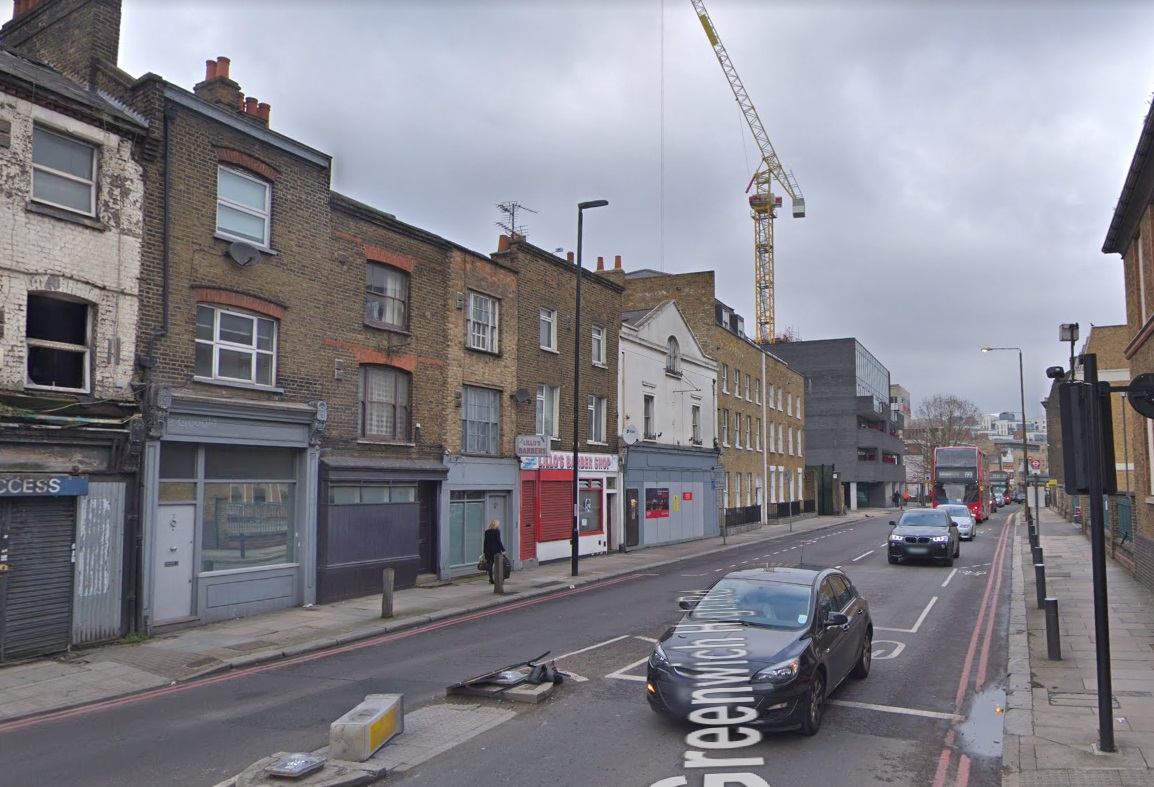
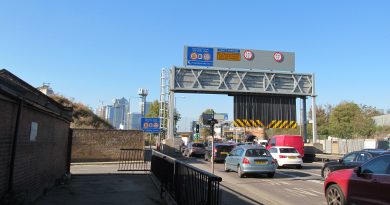
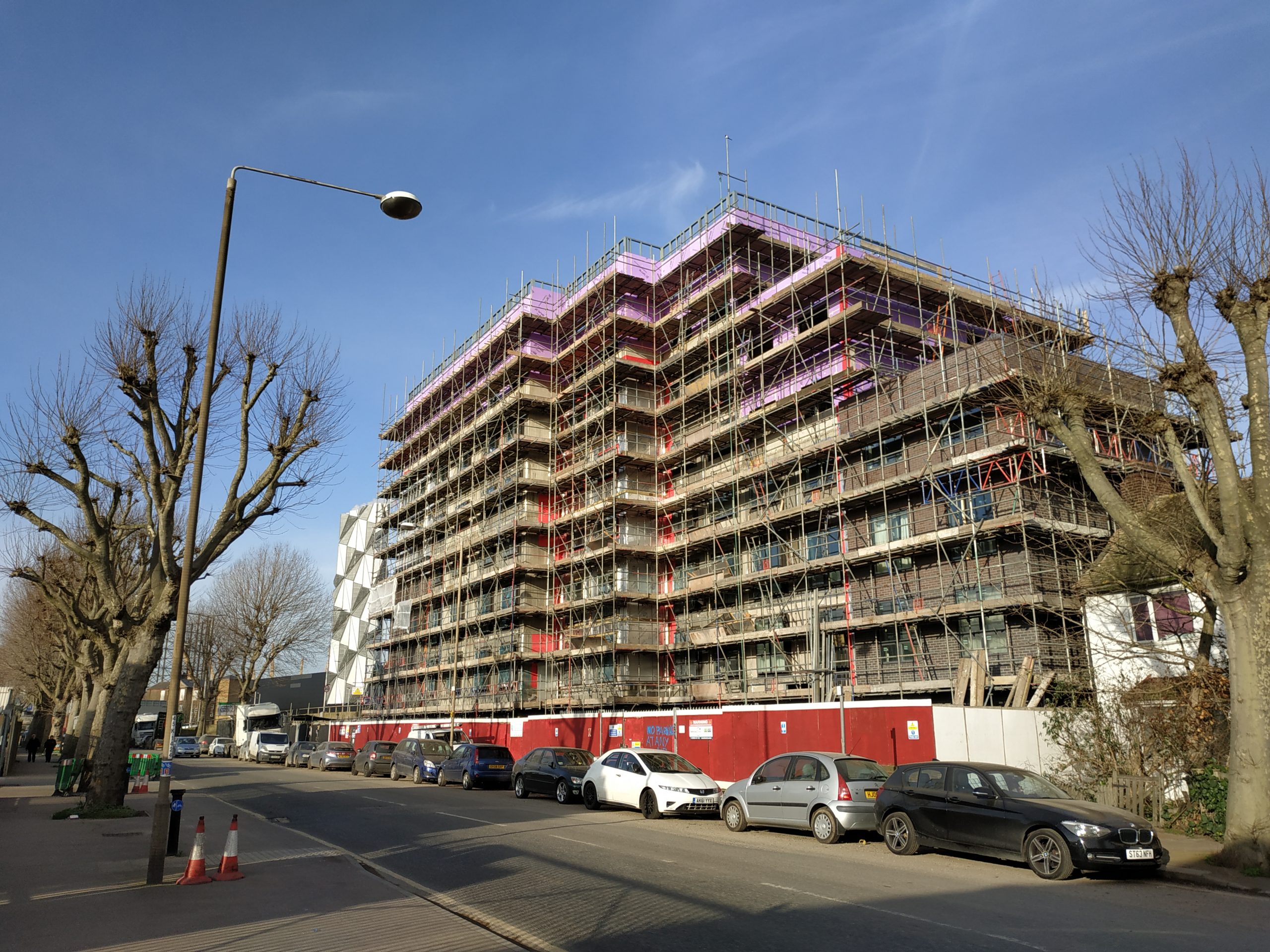
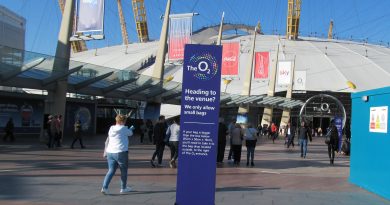
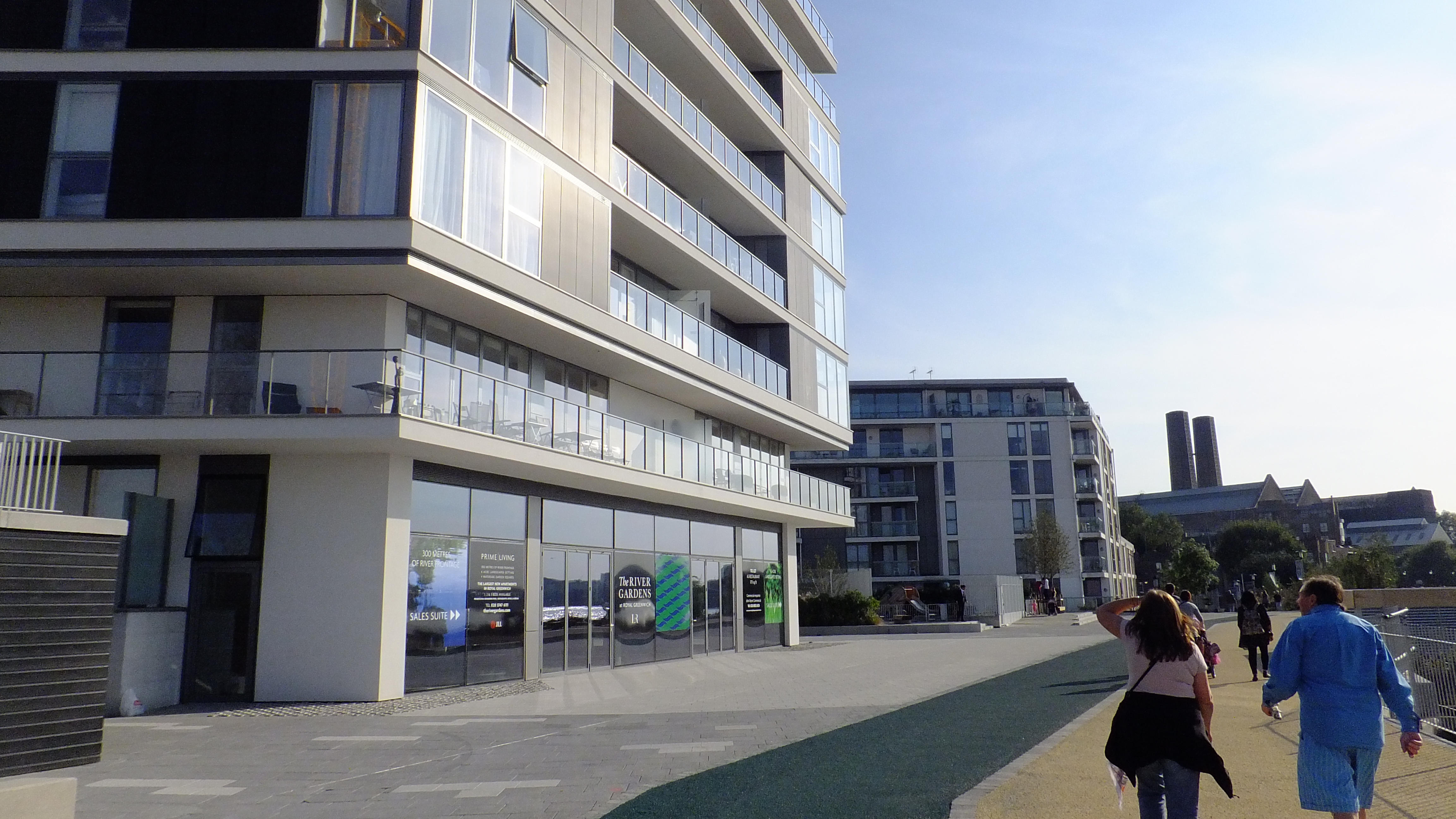
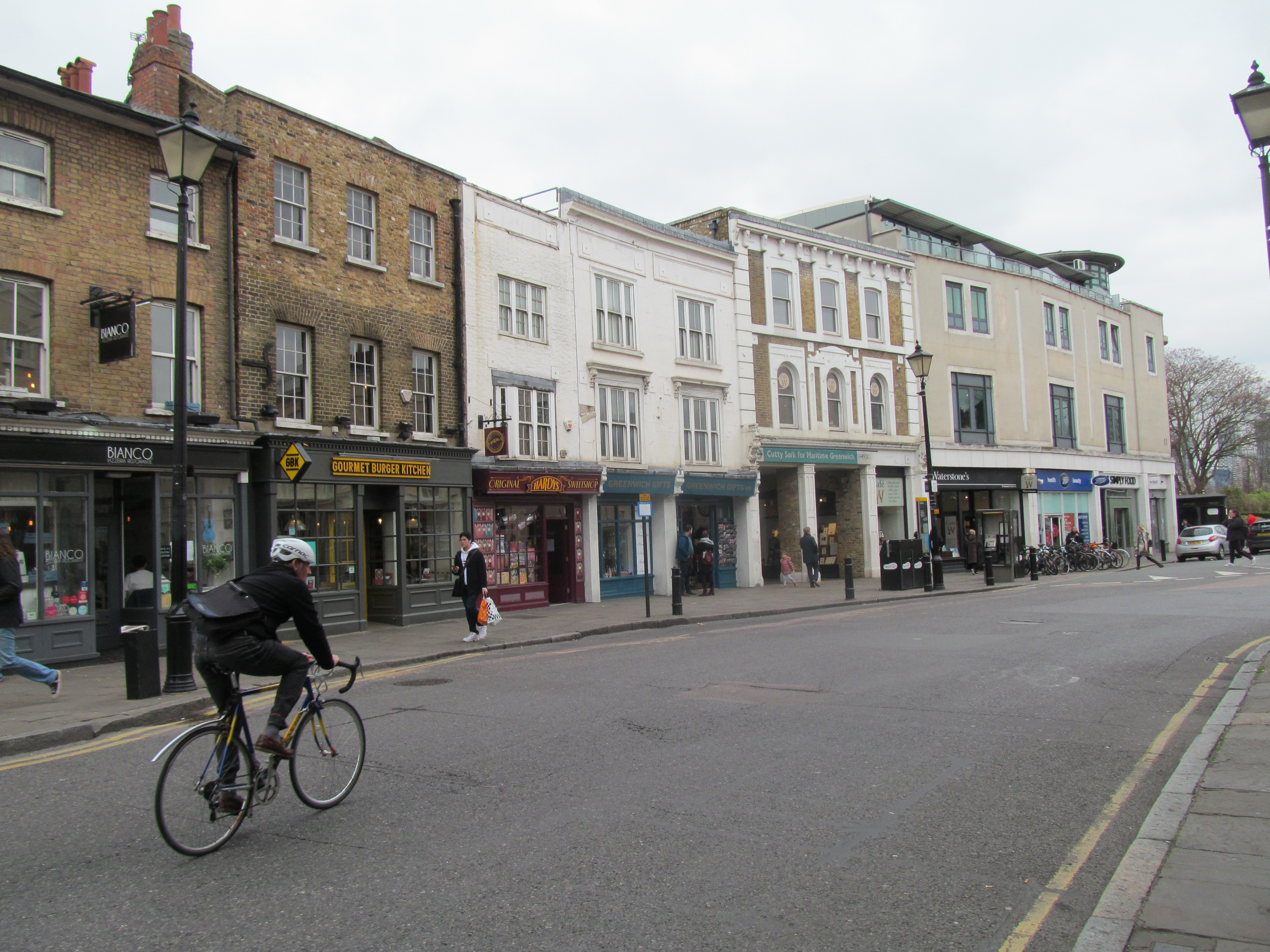
How on earth did the “Royal” Cabinet nod this through when it is clearly a deeply odd report? So none of them do anything off their own back?
If Bromley borough FFS which is pretty much rural Kent in part can justify rates more than 50 per cent higher with agreement from the examiner compared to the wealthiest parts of Greenwich something is awry. The whole point of CIL is to capture revenue to accompany future housing growth. Claiming precedent is clearly only part of the matter as it’s supposed to be alongside FUTURE changes and Greenwich have again made some deeply odd decisions alongside their favoured partner BNP Paribas. This needs investigating further. This administration and cabinet seem as inept as the previous. What a rotten culture permeates Woolwich Town Hall.
If Greenwich Councils leaders spent as much time using the abilities under their control as they do on photoshoots and PR events moaning about cuts this borough would be a better place.
I’m utterly disgusted with Tory cuts but also with these so called leaders. More concerned with acting than doing for the people of this borough. Shame on them. Ultra conservative Bromley are doing better than you at raising money from building in respective boroughs on equivalent development? How on earth are Greenwich so woeful?!?! The leaders will no doubt be out at another photoshoot tomorrow high on their own bullshit and no doubt whinging about others while they do very well out of us.
CIL revenue is designed to help fund infrastructure via and alongside new housing.
Greenwich Council department heads seem to only care about Silvertown tunnel when it comes to infrastructure. Other services on the peninsula, Woolwich etc? Who cares.
Hence this sh*tshow.
Thanks for your analysis of the Council’s submission on new CIL rates .
Trouble is the Council’s document has been submitted to the Planning Inspectorate so there is no more chance for a revision.
Public consultation on this was poor .
It is a complicated subject which needs to be explained more beyond simple questions asking people “what do they want to see”.
That is not serious consultation.
As for reviewing the rates in the future – how can that happen – the rates will be set now for another four years.
More utter shitshowery for the morons at Greenwich Council. So sad to see this again and again but thanks Murky for speaking up as always.
Absolutely J Twizzle you are not wrong. If it was not for John (Murky) we the residents of Greenwich Borough would not be aware of the issue of low revenue from Developmens..
Other London Boroughs have a much better track record of receiving revenue from Developers for infrastructure etc. If other London Boroughs can raise more revenue fron developers why carnt Greenwich ?
If it was not for this website we would have no idea what is happening in the Borough. The author J Smith is a fantastic journalist and very knowledgeable.
Greenwich Council needs to be more transparent and up front with its residents on issues that affect us and the Borough we live in. We are council tax payers after all. Councillors are there to represent us. They should be keeping us regularly updated on what is happening in the Borough and the Council wards they represent.
It’s corruption. You should examine where these Greenwich councilors and planners go to work once they leave. I don’t think you will be surprised what the answer is.